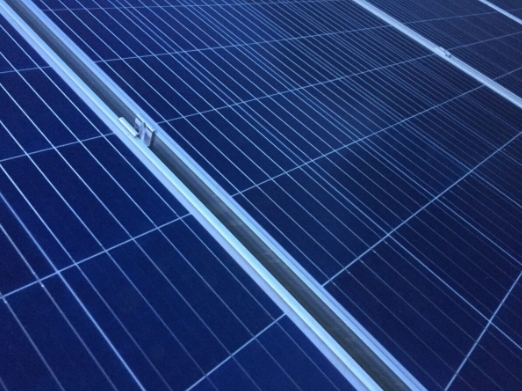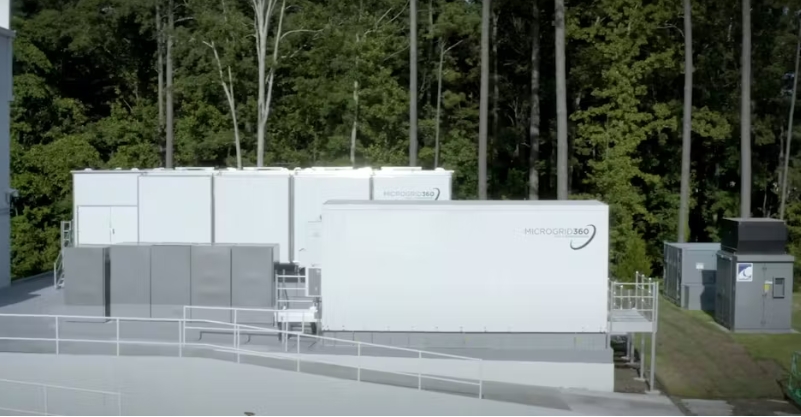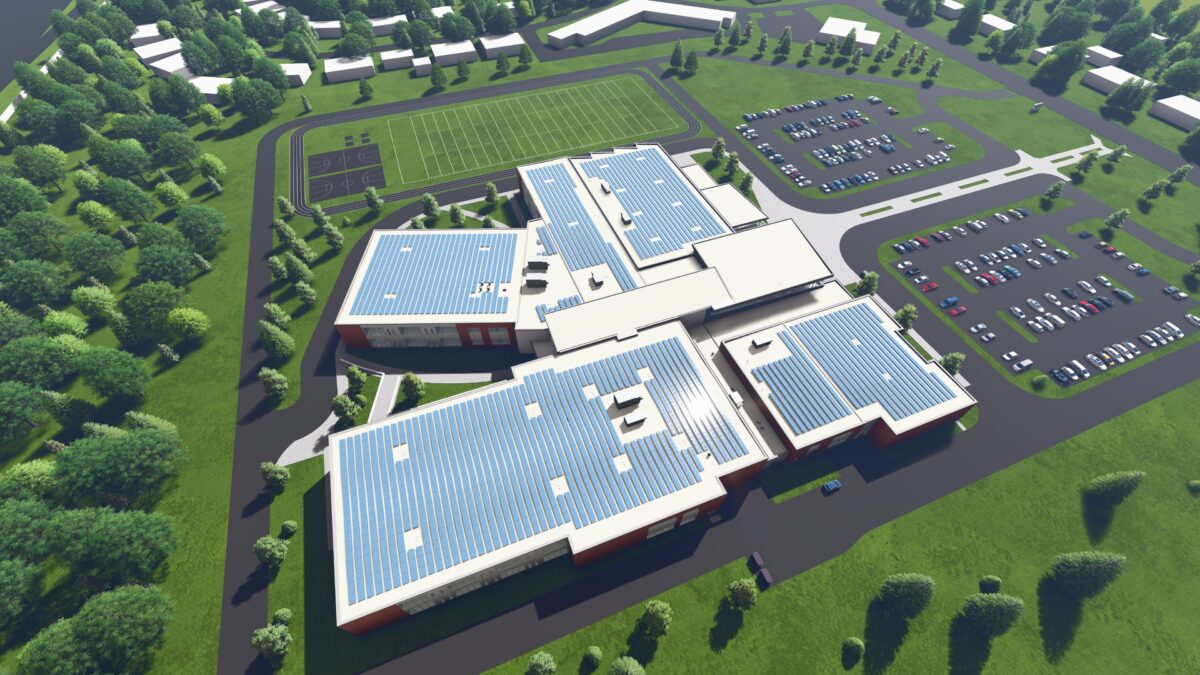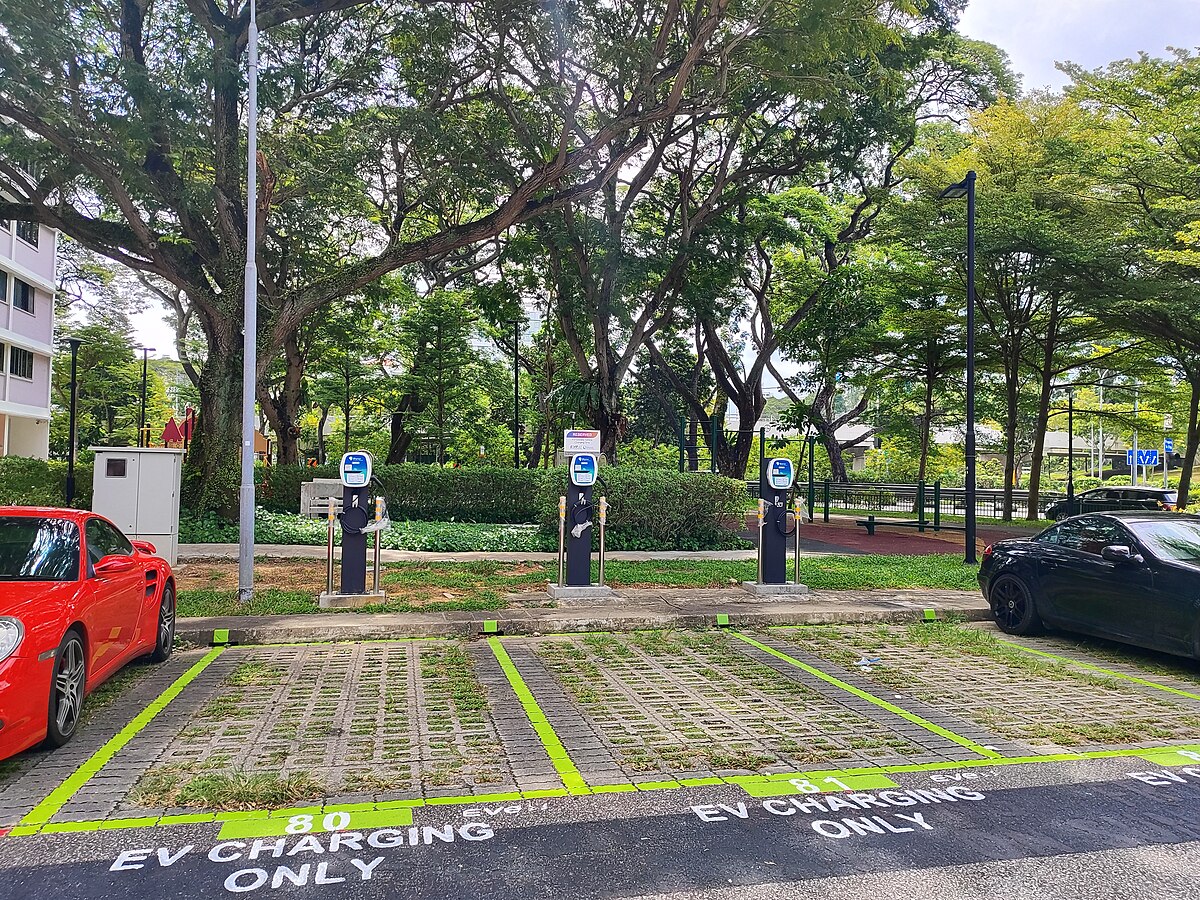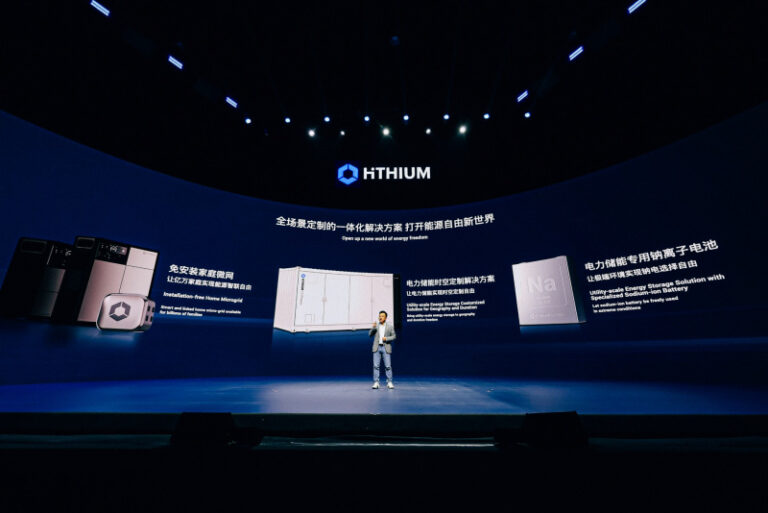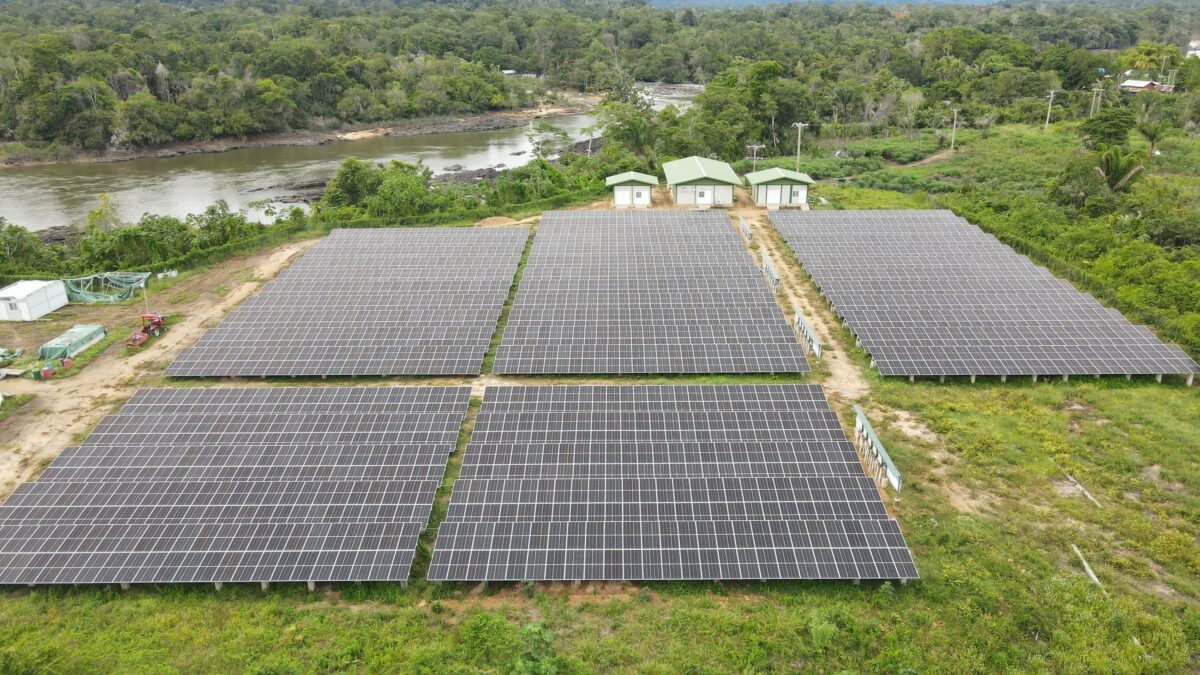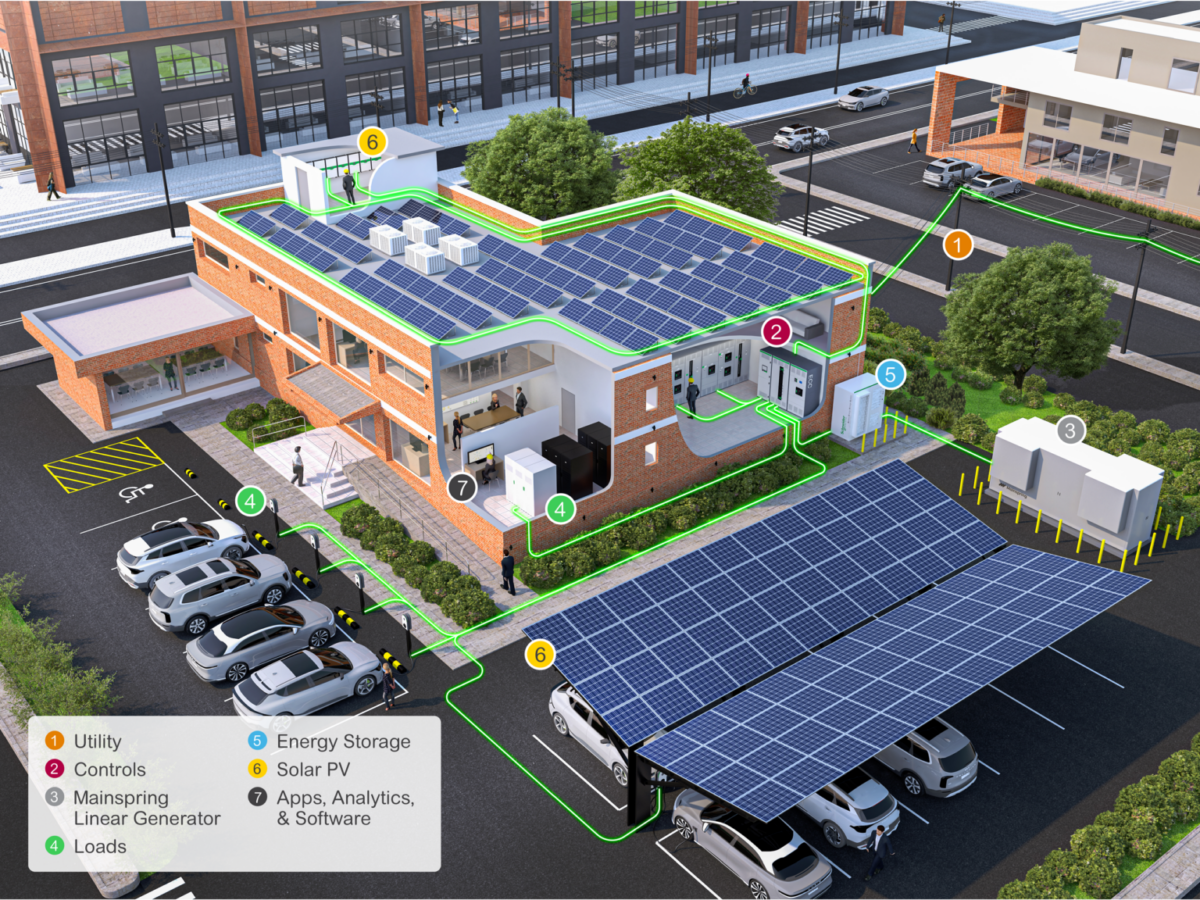After catastrophic wildfires in 2017 and 2018 had devastated the transmission lines owned by PG&E Corp., it was forced to declare bankruptcy. And the fallout from that has been a move to localize both the supply and delivery of electricity — power to come from green energy and to be sent using microgrids.

Microgrids are set up for several reasons that include increasing a region’s resiliency — or its ability to maintain power as well as incorporating more renewable energy to cut down on CO2 releases. And they can be set up in remote locations that have no access to the centralized grid, thus creating more economic opportunities. But in the case of PG&E, it is looking to such localized delivery systems as a way to battle wildfires and to avoid wholesale blackouts.
“In the last decade, renewable energy sources have been transforming the microgrid landscape, consequently reducing or even eliminating the need for costly fossil fuels. This has been made possible through the use of hydrogen,” says Thomas Chrometzka, a strategist with Enapter, which makes electrolyzers — a device used to split apart the hydrogen and oxygen from water. “Introducing hydrogen to microgrids solves the problem of seasonal or long-term storage that batteries cannot provide. It is the crucial jigsaw piece for 100% green microgrids.”
Let’s take a step back: When most people think of a microgrid, they visualize a hospital or a campus that is powered by rooftop solar panels. That electricity is then sent via the mini-grid to the buildings. Not only is it green power but it can also be independent of the utility or it can kick on when the central power cuts off. But to keep on the electricity at night, the excess solar power is stored in a battery, which discharges when the sun is not shining.
Battery storage is economic because it can displace peaker plants, or those generation facilities built to serve high demand. It can relieve grid pressures during periods of high demand, which means that utilities do not have to procure expensive power or build new generation units.
